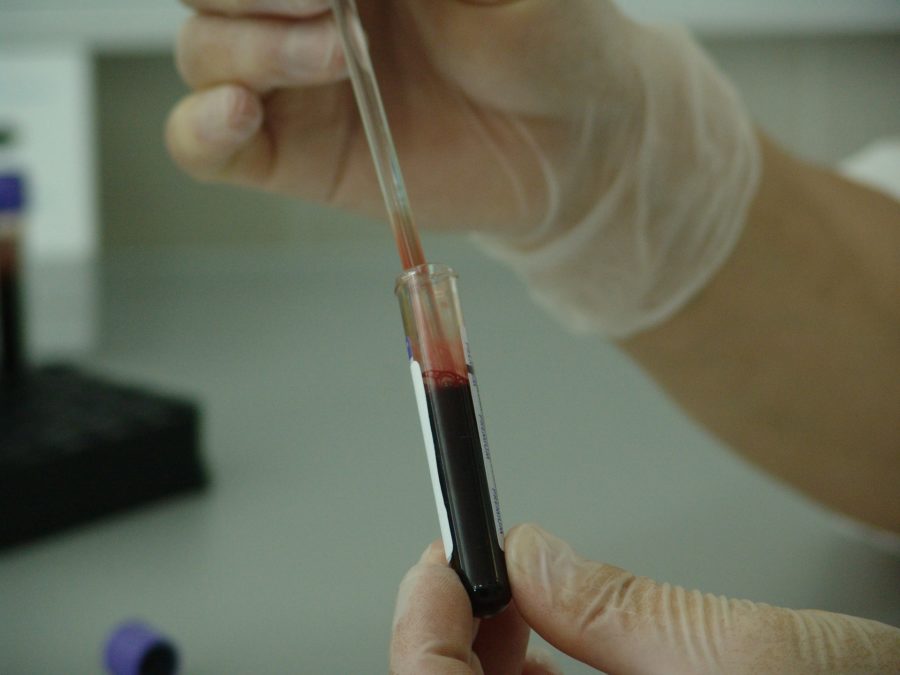
Law enforcement has been using fingerprint technology to aid investigations for over 100 years now. While the science behind fingerprints has improved over the years, a new study by scientist Kang Liang may very well lead to a change in the way law enforcement is able to collect fingerprints.
The study was done by Liang at the Commonwealth Scientific and Industrial Research Organization, known as CSIRO, which is the federal agency for scientific research in Australia.
Liang was inspired to begin this research after having his own home burglarized and realizing just how often police and investigators do fingerprint work.
Traditionally latent fingerprints, which are not visible, have been found using fingerprint dust and traditional lifting techniques.
In more complex cases, these fingerprints may need to be sent off to a lab and worked on in a laboratory environment, which adds time to the investigation.
A new method created by Liang utilizes liquid that contains metal organic framework crystals. According to Liang, these crystals bind to proteins, peptides, fatty acids and salts in the fingerprint.
This binding creates an extremely thin coating on the print which is an exact replica of the fingerprint. Liang described that because this technique is working at the molecular level, there is a lower chance that fingerprints will be damaged.
The researchers at CSIRO tested the method on different surfaces with successful results. Some of the surfaces included window glass, metal blades and light switches—typical areas of a crime scene that would be dusted for prints by investigators.
Liang says that this new method reduces the steps that law enforcement officials have to take at a crime scene. In addition to being speedier on scene, Liang believes that a digital device could be created to capture an image of the fingerprint. The image could then be scanned into a database in real time, thus allowing more to be done on scene by the investigators.
In addition to their speed, these crystals are also cheap, which will allow even smaller agencies to have access to this technology. They react fast and don’t create any dust or fumes, which can cut down on health risks for investigators.
CSIRO is currently focusing on how to partner up with law enforcement agencies to apply this new method.








